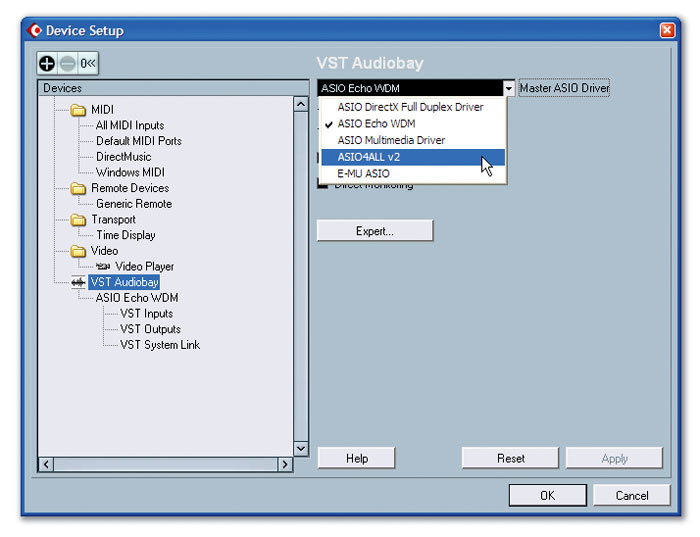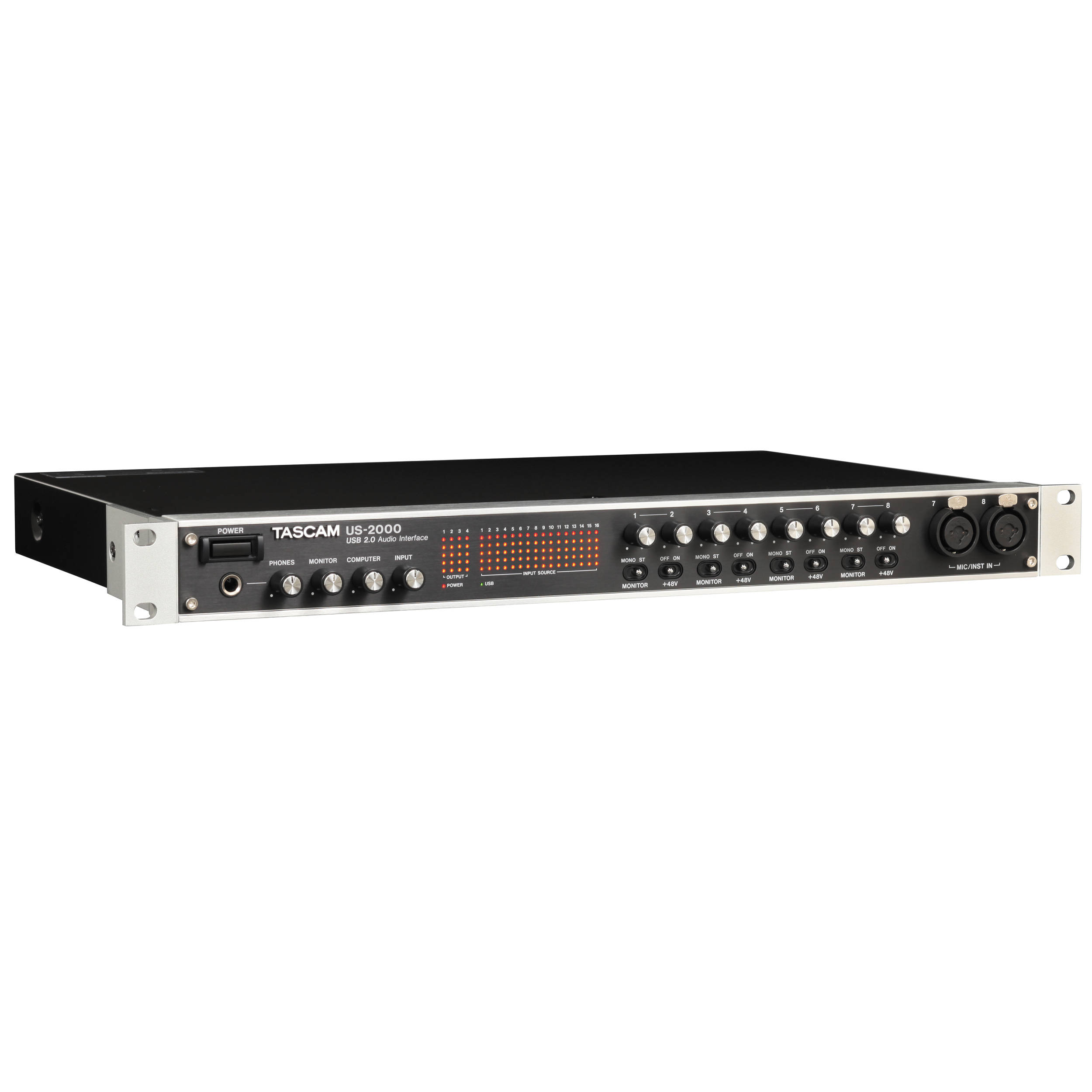You can create Aggregate Device to increase the number audio inputs and outputs available at the same time. You can also use an Aggregate Device if your application doesn't support separate input and output devices.

- Oct 27, 2019 The good news is that you don’t need any third party software to stream your Mac’s audio output via AirPlay, although utilities like AirFoil offer increased functionality and even Windows support. To output Mac audio via AirPlay, you only need to click on the volume icon in your menu bar while holding the ever-handy Option key on your keyboard.
- Jan 01, 2018 Audio Router is a free, open source app that lets you send the audio output of an app to your device of choice. The audio devices must be configured correctly i.e., they must show up as two separate devices. To check if you have two separate devices configured, right-click the speaker icon in the system tray and select ‘Playback Devices’ from the context menu.
While this app note is written for the case where a four-output unit is dedicated to subwoofer management, any miniDSP product with enough outputs can be used in this application. Units with a higher number of outputs may be suited for applications with more subwoofers, combined active crossover/multisub systems, and multiroom installations.
With Logic Pro, GarageBand, and MainStage, you can use a separate device for input and output. For example, you can use a USB microphone for input and the headphone jack of your Mac for output. Some applications not manufactured by Apple don't support separate input and output devices.
Set up an Aggregate Device
When you create an Aggregate Device, make sure to connect all external audio interfaces first.
- From the Finder, choose Go > Utilities. Open the Audio MIDI Setup application.
- Click the Add (+) button on the bottom-left corner in the Audio Devices window and chose Create Aggregate Device.
- A new Aggregate Device appears in the list on the left side of the window. To rename the device, double-click it.
- With the new Aggregate Device selected, enable the checkbox labeled 'Use' on the left side of the Audio Devices window. Do this for each device you want to include in the Aggregate Device. The order in which you check the boxes determines the order of the inputs and outputs in applications like Logic Pro and MainStage. For example, the first box you checked will be inputs one and two, the second box checked will be three and four, and so on.
The list on the right shows the currently connected audio devices and the number of input and output channels for each one.
- To use the clock of a device as the master clock for all the combined devices, choose the device from the Clock Source menu of the Aggregate Device. Choose the device with the most reliable clock.
- If your audio devices all work with word clock, connect them together using a word clock cable. Connect the cable from the device you designated as Clock Source to the input of each other device. Refer to your audio device product documentation for specific details.
- If any of your devices don't work with word clock, select the Drift Correction checkbox for any devices not designated clock master.
Use an Aggregate Device with Apple music creation software
- Open your application.
- Do the following depending on the application you're using:
- For Logic Pro, choose Logic Pro X > Preferences > Audio, then select Devices.
- For GarageBand, choose GarageBand > Preferences > Audio.
- For MainStage, choose MainStage > Preferences > Audio.
- Choose the Aggregate Device from the Output Device pop-up menu. Logic Pro and GarageBand automatically set the Input Device to the match the selected output device, which you can change if you want to use a different input device. In MainStage, you must manually select the input device.
- In Logic Pro and MainStage, click Apply Changes.
GarageBand automatically switches to the new input device.
Use the Aggregate Device as the sound output of your Mac
When you set the Aggregate Device as the sound output for your Mac, sounds from other apps on your Mac play through the Aggregate Device. The Aggregate Device also becomes the System Setting option in the Output and Input Device menus of your Apple music creation apps.
- From the Finder, choose Go > Utilities. Open Audio MIDI Setup.
- Control-click the Aggregate Device in the left column, then choose 'Use this device for sound output' or 'Use this device for sound input.'
This is a true gem for Mac users especially when most DAWs do not allow you to use multiple audio interfaces. This can be very useful if you have multiple audio interfaces and want to use them together for more simultaneous inputs and outputs. I am sorry about this tutorial will only apply to Macs so Windows users are out of luck.

This concept works by creating an aggregate device. If you have more than one audio device, you can use them as a single device known as an “aggregate device”. With this aggregate device, you can increase your audio inputs and outputs without purchasing another multichannel audio interface. If you have a 4-channel interface and a 2-channel interface. You can combine them to use them as a single 6-channel audio interface. This is exceptionally useful as most software only allows you to select one audio interface at a time.
Step 1: Open Audio MIDI Setup
You can find this under Applications - Ultilities - Audio MIDI Setup. This is the application used in Mac OS X to configure your audio and MIDI devices. This is not the same as the audio preference pane under system preferences. You should see a window similar to the one shown below.
Step 2: Create An Aggregate Device
Create a new aggregate device by clicking on the “plus” symbol at the bottom left corner of the window. This creates a new device where you can map the devices that you would like to use together. You will see a new device created as “Aggregate Device” which you can rename to something which makes sense to you.
Step 3: Select The Audio Devices
Select the aggregate device and you will see all your available audio devices that you can use to form the aggregate device on the right. Just check the checkbox that says “use” to add the device. Once you have selected the devices you wish to use, you will need to choose a device which is the clock source or the master. Select it from the drop down menu. If your devices support word clock, connect them together to provide sync. If the devices do not support word clock, tick the checkbox labelled “resample” for the respective devices except your clock source. In my example below, I have selected my Mbox Mini and my built-in output. Since my Mbox would be a more reliable clock source, I have selected it as the clock source and ticked the resample box for my built-in output.
Step 4: Select The Aggregate Device In Your Software
Now that your device has been set up, you will see the new audio device as an option under the list of your audio devices. Go ahead and start up your DAW and open up your audio preferences. You should see your new device with the combined inputs and outputs available for your use. Congratulations! You now have more inputs and outputs at your disposal.

Send Audio To Multiple Outputs Mac Crossover Software
The Difference With Getting Another Audio Interface
Although this methods gets you more simultaneous inputs and outputs, you will need remember that these are different audio interfaces. Different audio interfaces use different convertors, different quality components and most importantly sound different. You can’t hook up 3 different audio interfaces with 2 outputs each and use that for a 5.1 surround system. This will not get your accurate and consistent results as each output is colored differently. Avoid using the inputs and outputs across different audio interfaces for any session that would require “matched” outputs such as surround mixing, stereo pairs, surround recording, etc. Keep these groups of inputs or outputs on the same audio interface.
Send Audio To Multiple Outputs Mac Crossover 2
Tip For Ableton Live Users
Send Audio To Multiple Outputs Mac Crossover 2017
If you have only one external audio interface, you can create an aggregate device with the built-in audio interface on your Mac. A nice trick would be to use the built-in output on the MacBook Pro as a preview out for Ableton Live. You can have your external audio interface for the main mix and the built-in interface for the audition path which can be used for auditioning clips, soloing tracks, etc.